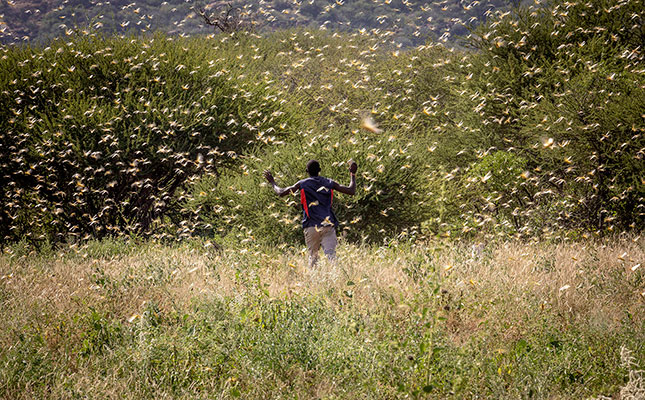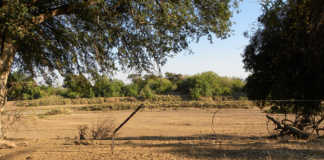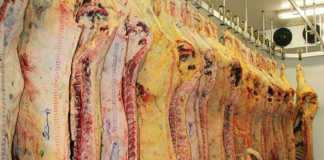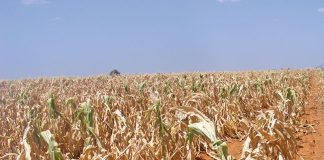
Photo: FAO/Sven Torfinn
Despite significant gains in the battle against desert locust infestations in 10 countries, mostly in East Africa, food security remains at risk, especially as a second wave of locusts now threaten what could otherwise be a promising crop harvest for the region.
The Food and Agriculture Organization of the United Nations (FAO) said in a statement that preliminary estimates indicated that 720 000t of grains had been saved in 10 countries by preventing the spread of desert locust swarms. This was enough to feed five million people for one year.
“Our gains have been significant, but the battle is long and not yet over,” said FAO director general Qu Dongyu.
The FAO first called for funding to fight the locust plague in the region in January, receiving about US$130 million (about R2,37 billion), which had largely been utilised for locust control activities to mitigate the first wave.
“While swathes of treated land are now relatively free from the pest, the first wave of swarms has reproduced, and a second wave of locusts will transition from juveniles to the young adult stage in June, taking flight at a critical time when many farmers in East Africa prepare to harvest their crops,” the FAO warned.
In the statement, the desert locust was described as the “most destructive migratory pest in the world”.
Renewed warnings came as the organisation said more funding was needed to back livelihood support activities, as well as to mitigate against a second wave at harvest time.
This was especially relevant, the FAO said, against the backdrop of warnings contained in forecasts by the Global Report on Food Crises (GRFC). The latest edition of the report indicated that over 25 million people would face acute food security in the region in the second half of 2020.
“In Yemen, where locusts have been reproducing in hard-to-access inland regions, an additional 17 million people are acutely food insecure.”
However, these estimates preceded the widespread negative impact of measures to contain the global coronavirus disease (COVID-19) pandemic.













